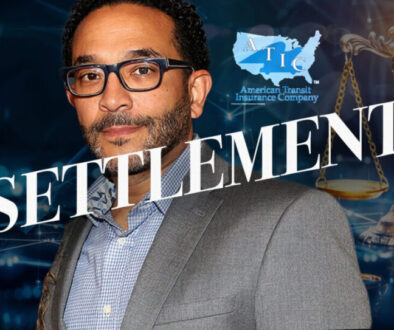DOL officials push redefinition of ‘trust and confidence’ in fiduciary hearing clash
Department of Labor officials potentially previewed its legal strategy during a pointed exchange Wednesday morning over the details of its controversial fiduciary rule proposal.
The contentious, drawn-out questioning involved representatives from the National Association for Fixed Annuities and regulators from the Employee Benefits Security Administration. It led off day two of the DOL public hearing on the rule.
A three-person NAFA team established the difference between a commission-based sales role adhering to a best-interest standard and a fee-based advisor adhering to a fiduciary standard. Or tried to, but the regulators repeatedly picked at the verbiage.
Two words, in particular, were mentioned again and again and are likely to be a significant part of a future lawsuit: trust and confidence.
“As I understand the way this relationship works, there’s advice [and] it’s individualized,” said Tim Hauser, deputy assistant secretary for program operations for EBSA. “It’s about a fairly complex set of products that ordinary investors can’t really understand without this expert assistance. And the people they’re dealing with hold themselves out as acting in the customer’s best interest.
“What is the thing that makes this not a relationship of trust and confidence?”
Released on Halloween, the DOL’s latest fiduciary rule effort is 494 pages and its biggest impact would be to essentially make any rollover recommendation from an retirement plan a fiduciary recommendation.
Tough fiduciary challenge for the DOL
The challenge before regulators is to hurdle the 2018 decision by the Fifth Circuit Court of Appeals tossing out the 2016 fiduciary rule. That decision examined the common law meaning of the word “fiduciary,” which requires a relationship of trust and confidence, and determined that Congress codified that common law meaning in the statutory text.
Administration officials repeatedly mention “trust and confidence” in both the rule text and their public comments since its release. Their challenge is to shoehorn an agent’s one-time sale of an annuity into the established understanding of a relationship of “trust and confidence” between an advisor and client.
NAFA representatives were equally dogged on the differences between fiduciary advice and singular insurance sales.
“We all know there’s a difference between a fiduciary relationship of trust and confidence and a professional sales interaction,” said Tom Roberts, principal at Groom Law Group. “A professional sales interaction is one where the transaction-based producer seeks to understand the individual circumstances and seeks to determine whether or not a product that that individual has available for sale meets the customer’s needs.”
Fiduciary rule opponents point to the best-interest standard developed over a two-and-a-half-year process by the National Association of Insurance Commissioners as evidence that the industry and state insurance regulators are adept at responding to regulation needs.
“That 47 states have now adopted or are in the process of adopting the best-interest standard without any significant deviation from the 2020 model is a testament to the fact that the NAIC got it right,” said Pam Heinrich, NAFA general counsel and director of government affairs. “The NAIC best-interest model establishes high standards for the responsible sale of annuity products by trained insurance professionals subject to oversight by state insurance departments.”
‘Do they understand?’
But Hauser kept drilling down on the real-world differences, or lack thereof, between the fiduciary and best interest standards. The questioning portion of the panel went beyond the allotted time.
“What part of the time … are people told, ‘Hey, you really do need to think of me as a salesperson. I’m just here to sell you this product. And I have an obligation to make sure it’s good enough. But I could actually sell you a worse product because it’s better for me financially,'” Hauser asked.
“You’re scripting a conversation that there’s no relationship with any commercial interaction of any kind,” Roberts countered. “What I would say is do they understand that they’re dealing with a commission salesperson? Of course they do.”
The DOL public comment period closes Jan. 2. As of Wednesday, the department had received more than 7,300 comments. The DOL is expected to release its final rule as early as the first quarter of 2024.
InsuranceNewsNet Senior Editor John Hilton covered business and other beats in more than 20 years of daily journalism. John may be reached at john.hilton@innfeedback.com. Follow him on Twitter @INNJohnH.
© Entire contents copyright 2023 by InsuranceNewsNet.com Inc. All rights reserved. No part of this article may be reprinted without the expressed written consent from InsuranceNewsNet.com.
The post DOL officials push redefinition of ‘trust and confidence’ in fiduciary hearing clash appeared first on Insurance News | InsuranceNewsNet.



